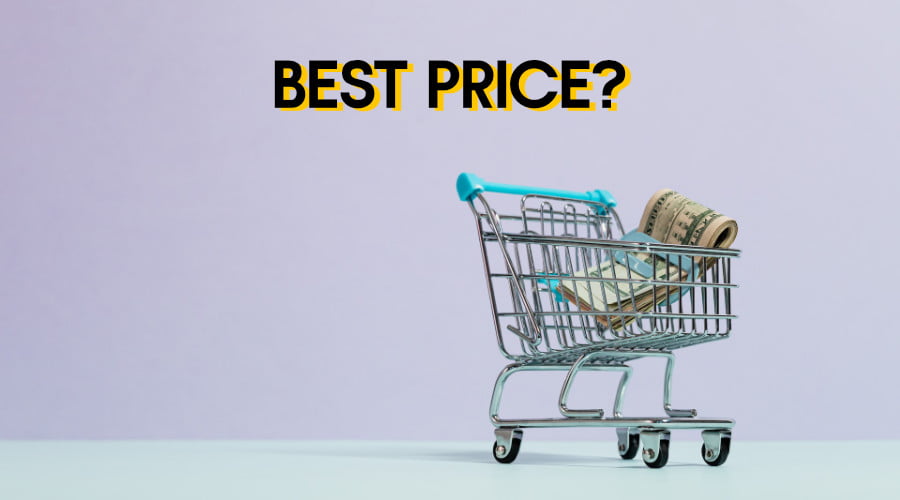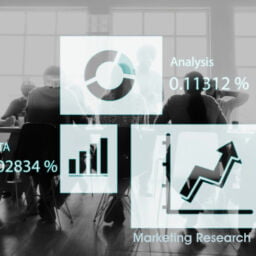
Are you in the e-commerce business and want to stand out? Then, you should know that price comparison and dynamic pricing are essential to success. But what’s the basis of them? The key to successful price comparison and dynamic pricing is product matching algorithms.
Let’s discover how you can sell more by explaining the main approaches to product matching (text semantic similarity and product image similarity), the importance of automatic price updates and how to do them effectively.
Product Matching Algorithms for Price Comparison
We use product matching algorithms to compare products to find the best match for a given customer.
These algorithms take into account factors such as price, quality, features, and more. By taking all of these factors into account, product matching algorithms can help e-commerce businesses provide their customers with the best possible experience.
There are two main approaches to product matching: text-based and image-based.
Text-based approaches rely on the semantic similarity of product descriptions to find matches. Image-based approaches, on the other hand, rely on the similarity of product images.
Keep reading to discover the advantages and disadvantages of these approaches and something more.
Text-Based Approaches
Text-based approaches to product matching are often used in e-commerce because they can be easily integrated into existing systems.
Additionally, text-based approaches tend to be more accurate than image-based approaches. However, text-based approaches also have some drawbacks. For instance, they require a large amount of data to be effective, and they can be slow when dealing with a large number of products.

Image-Based Approaches
Image-based approaches to product matching are less common than text-based approaches, but they have some advantages over their text-based counterparts.
For one thing, image-based approaches can be used with products that don’t have textual descriptions (such as clothing). Additionally, image-based approaches tend to be faster than text-based approaches when dealing with a large number of products. However, image-based approaches also have some drawbacks. They can be less accurate than text-based approaches, and they often require manual labelling of products to work effectively.
The Price Comparison Correct Epilogue: Automatic Price Updates
As we mentioned above, price comparison is essential for the success of an e-commerce business.
To keep up with the competition and ensure that your prices are always competitive, you need to have a system in place for automatically updating your prices. Data scraping is the most common way to do this; by using data scraping, you can automatically collect pricing information from your competitors’ websites and use it to update your prices accordingly.

What You Learned Today
Product matching algorithms are the basis of price comparison and dynamic pricing logic in e-commerce. There are two main types of product-matching algorithms: text-based and image-based. Text-based algorithms are more common because they’re easier to integrate into existing systems; however, image-based algorithms can be integrated into the process.
Automatic price updates are essential for keeping up with the competition; web scraping is the most common way to do this. CEO, CTOs, CMOs, and COOs should all be aware of how product matching algorithms work and how they can be used to benefit their business. Thanks for reading!

















[…] With web scraping, your e-commerce company can also access data from competitive stores, which you can use to inform your marketing and pricing decisions. […]
[…] and dynamic pricing strategies. In a previous blog, we talked about pricing intelligence and how to analyse competitor pricing strategies, identify price fluctuations, detect pricing trends, and optimise your pricing […]
[…] and package deals. This way, your company can perform competitive analysis and benchmark its own pricing strategies against the competitors to make informed pricing […]
[…] Web scraping of real-time data of hotel room availability, rates, and promotions from various hotel booking platforms and sites helps users find and book available accommodations at competitive prices. […]
[…] Prime monitoring goes beyond retail goods e-commerce. Web scraping is an efficient and affordable way to collect massive data on travel dates, flight routes and cabin class fares. This includes base fares, taxes, fees, and applicable discounts or promotions. […]
[…] You may be also interested in reading How to Do Price Comparison and Implement Dynamic Pricing for a Successful E-Commerce. […]